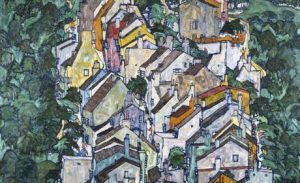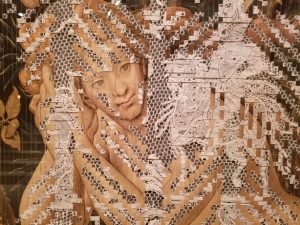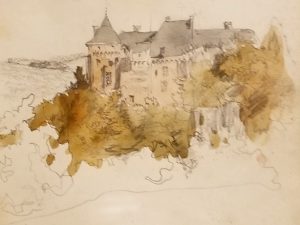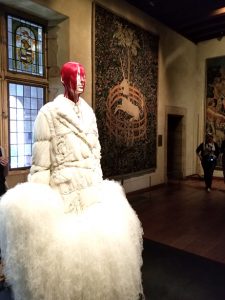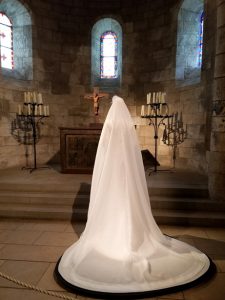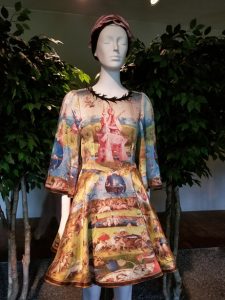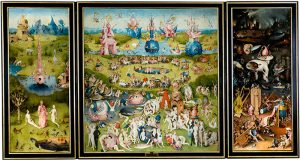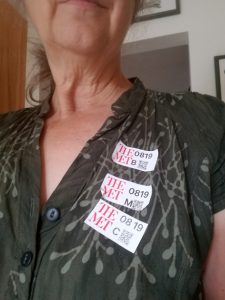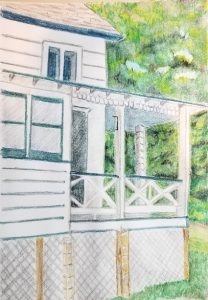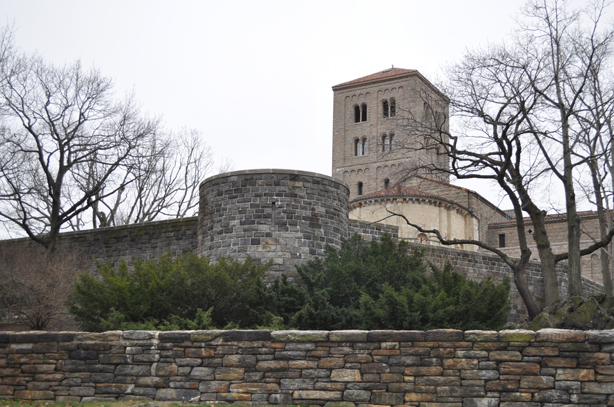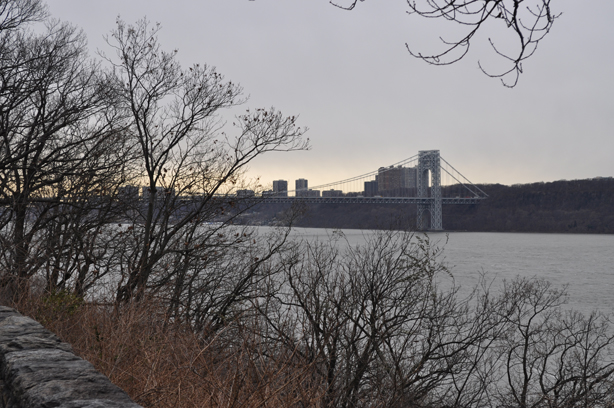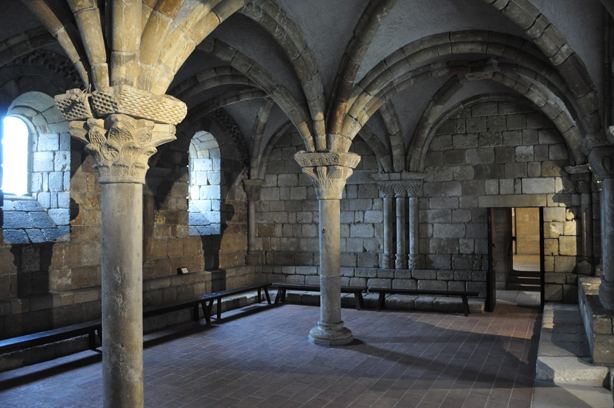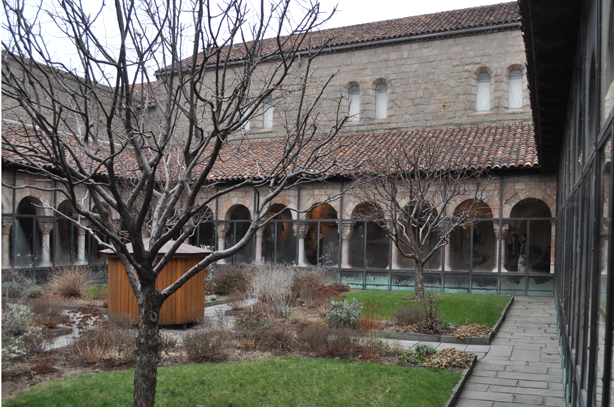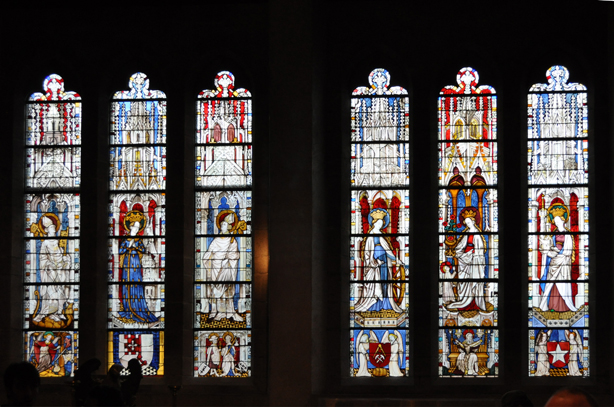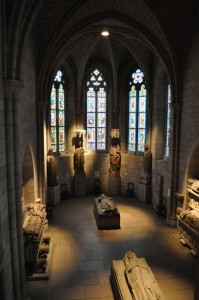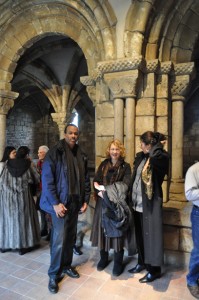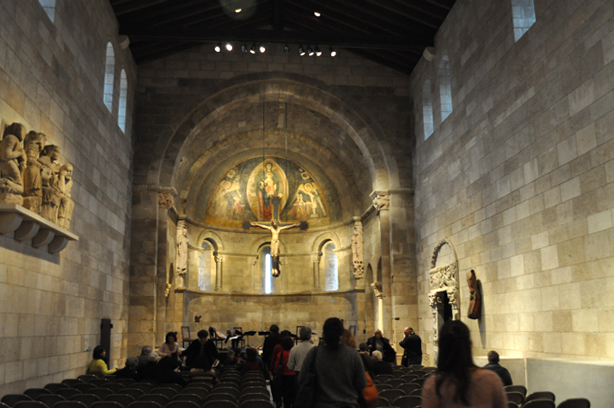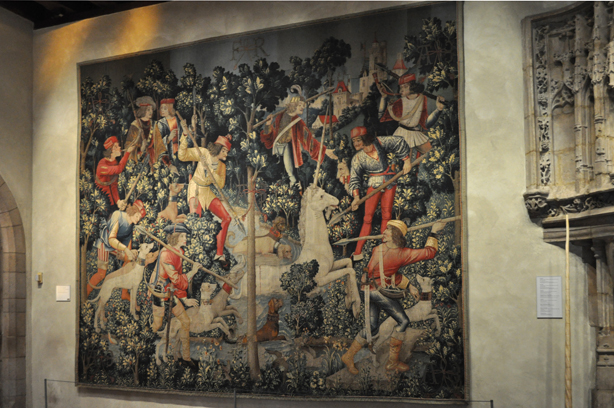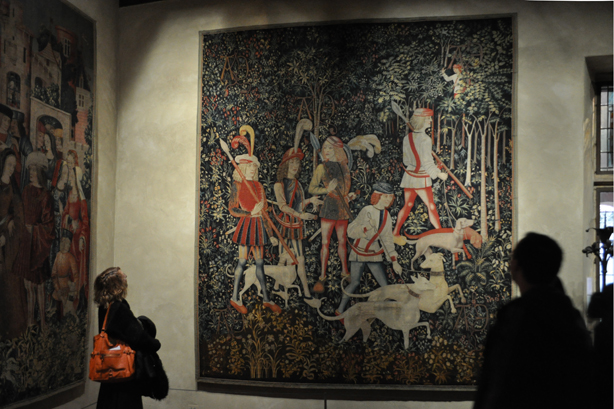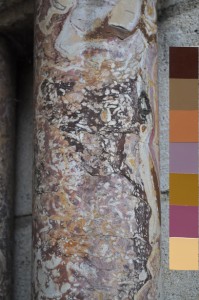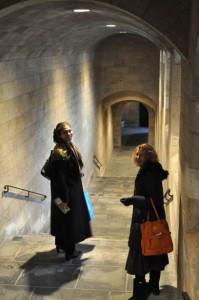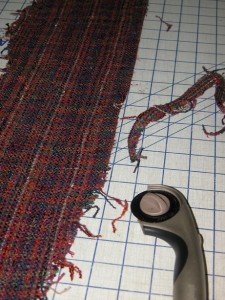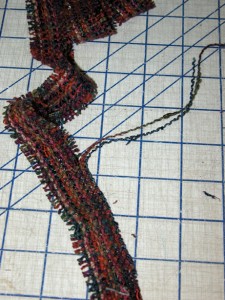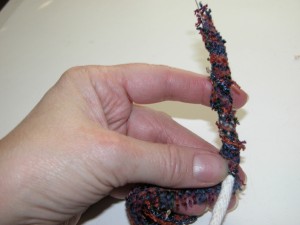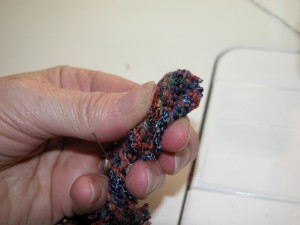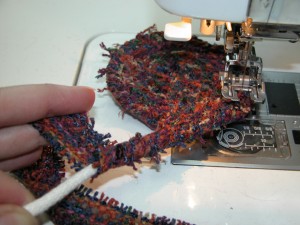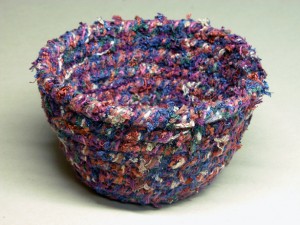Because life isn’t nearly as much fun if you can’t make a good story out of it…
There is a wonderful fiber school called Sievers School of Fiber Arts on Washington Island Wisconsin. I taught there for probably a dozen years before Covid put an end to my travels and I chose not to reschedule after Covid ended.
Sievers has a willow patch, that they tend and harvest every fall, and they have always offered a class in making a willow chair. Many of my regular students talked lovingly of coming in the fall, with their spouses and making a willow chair, and would show me photos of the pair of chairs on their porches, decks, verandas, whatever. I can’t tell you how much I wanted to come with my husband over the years and do this class with him, so we would have a pair of willow chairs on our deck that we made together.
It would have meant that my husband and I would have had to drive from NJ to Wisconsin and back, with two large chairs in tow, and somehow, that class was never at a time when both of us were available and could make the trek.
When my husband died, of course that dream came to an end, and since I no longer teach on the road (though I do miss Sievers), traveling out there by myself to bring back a chair didn’t make sense.
But I live an hour away from another craft school, Peters Valley School of Craft. When I looked at the course offerings back in January, I couldn’t believe they were offering a willow chair class. My husband was gone, but I could still do the class myself and not have to drive back from Wisconsin.
I signed up, though this one was a five day class, not a three day class. I didn’t care. It was actually one of eight classes I signed up for at the Valley this spring/summer. I want to learn.
What I didn’t realize at the time, was the actual dates of the class coincided with the 8th anniversary of my husband’s death. Which was Monday.
Working with willow is challenging for someone used to manipulating fibers, soft things, that though they have a mind of their own, will work with me, or rather I learned to work with them to achieve my goal. I’m still learning to understand live wood. Freshly picked. Shipped in from Montana, since Peters Valley is in the Delaware Water Gap National Recreation Area , part of the National Park System. You can’t pick anything in a national park. So no willow patches.
There were only three of us in the class, which was great as I usually needed a second set of hands to help hold the bent willow in place. The teacher Walter Shaw, of Wapiti Willow Studio, was generous with his time. And he created a chair as a demo, staying one step ahead. Right next to where I was building mine.
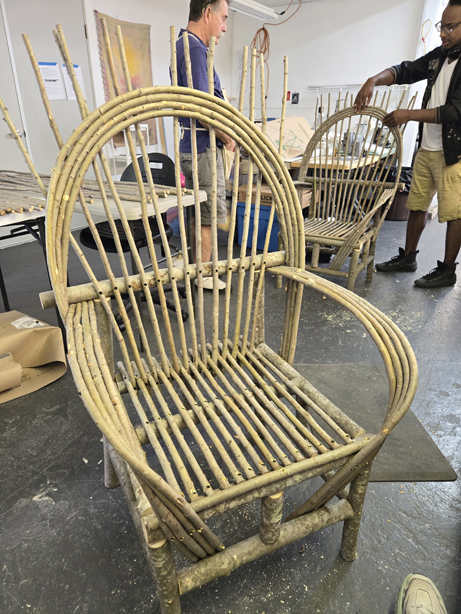
This voice in my head kept encouraging me to ask Walter what he planned to do with the chair he was building. He said he wasn’t sure, his wife (who was teaching a ceramics class at the Valley the same week) was encouraging him to make furniture for her new ceramics studio. I asked if he would sell me the chair…
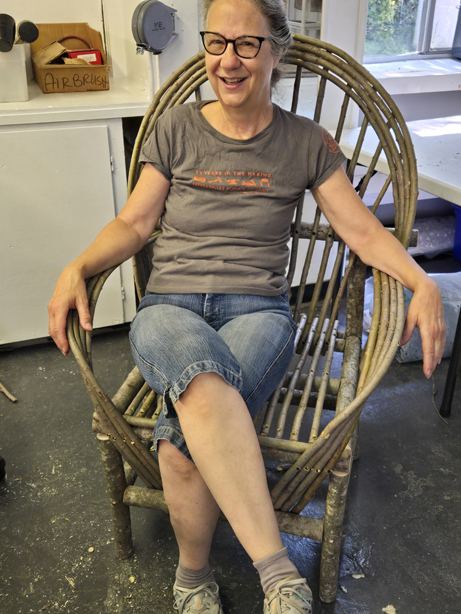
He agreed, and on Monday, like I said, the 8th anniversary of my husband’s death, I wrote a check for Walter’s demo chair, which matched mine perfectly, same willow, same maple base.
Since I was commuting, I brought home one of the chairs Monday night, and the second chair Tuesday night. I felt my husband there the entire time, and understood that he wanted me to have a pair of chairs too. And so, now I do, sitting proudly on my deck, under the gazebo cover.
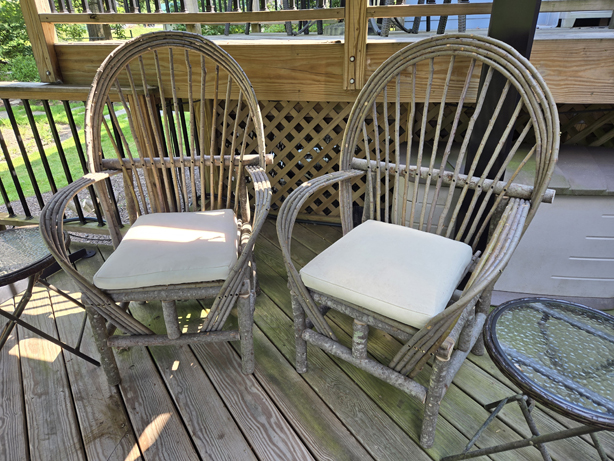
We had time at the end of the class to make a willow tray. This was a challenge. This isn’t basketry willow, these are willow branches and they were very hard to weave in and out of the supports. But the tray is lovely.
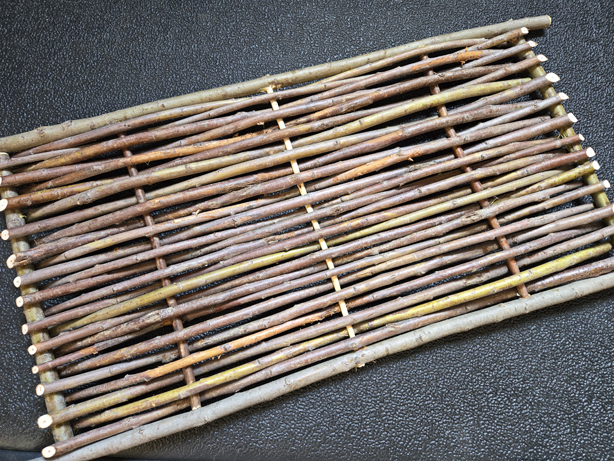
This is the second class I’ve taken at Peters Valley since I wrote my last post. The previous one, at the end of May, wasn’t the best class I’ve ever taken. The instructor was overly enthusiastic with all of the techniques she wanted to try with us to explore Eco Printing, within a three day period. Since the current trend is to Eco Print, or print with botanicals on cloth, by dyeing the cloth first with natural dyes, much of the class was focused on natural dyeing and the use of modifiers. We made lots of small samples for a notebook. We learned to make print paste as well, and experimented with block printing, flower pounding, making our own soy milk for a mordant and print paste base. It was a lot in 3 days, and though I took a notebook full of notes, I’m no longer sure which sample goes with which technique. We even tossed a cotton tote back into a “dirty pot” on the last day.
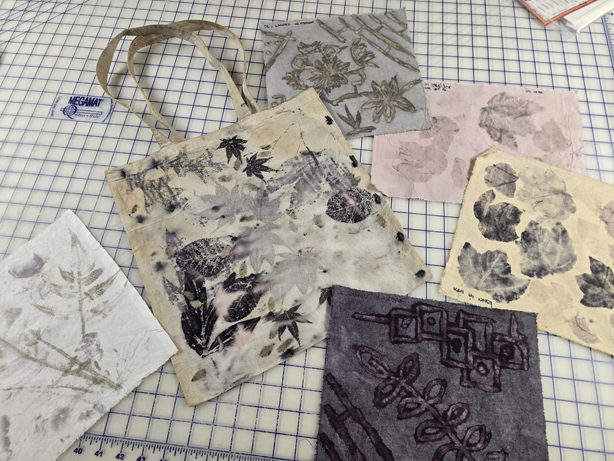
We did print two silk scarves, one dyed with madder, and the other with logwood, using an iron blanket, but I will honestly say, I wasn’t happy with anything I did there. But I have a lot of things to explore, and I’m already starting to save leaves, since I have a yard full of very printable botanicals. Winter will be fun this year.
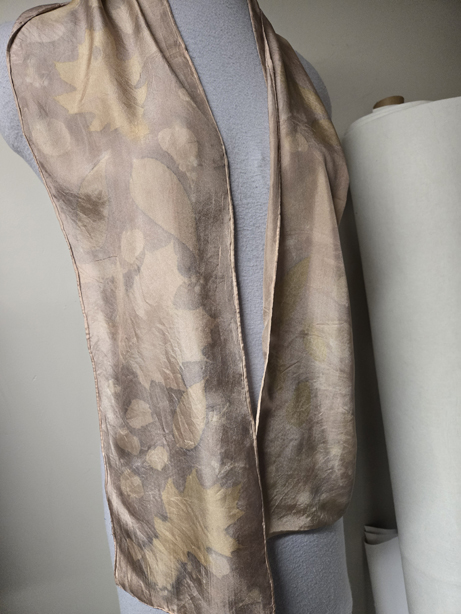

A couple of weeks ago, I came home from wherever I was, and discovered the mother lode of magazines in my mail box. I’m a member of the Metropolitan Museum of Art, and get their bulletin a couple times a year, and they are always interesting and informative. In the mailbox was also the latest issue of Shuttle, Spindle, and Dyepot, from the Handweavers Guild of America. And there was the much anticipated Journal of Weavers, Spinners, and Dyers, a gorgeous publication from the UK.
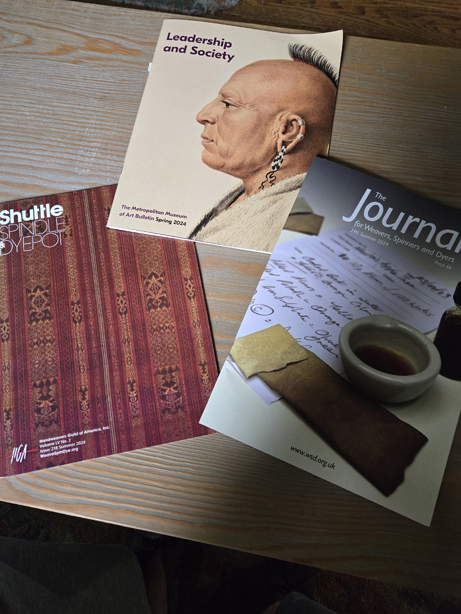
This issue was much anticipated because I wrote an article on sewing with handwoven fabric, some many months ago. I finally got to see it in print. It really is a lovely article, and it is fun to look at my heavily edited manuscript written in British English, British spelling, metric equivalents, etc. The article is available as a PDF download from their website.
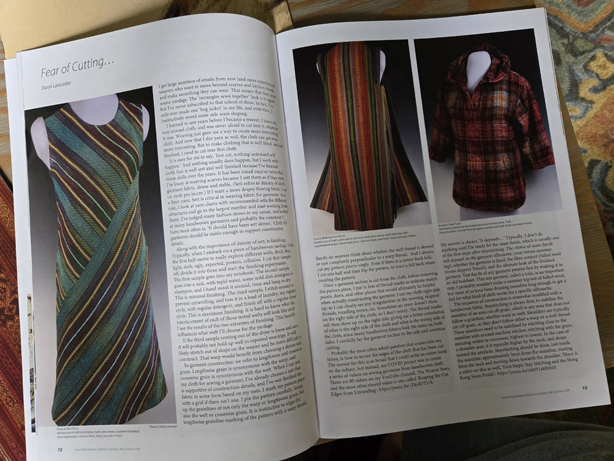
And of course, through it all, I’m out there daily tending the garden. The planting is complete, for now, and my job is to keep everything alive. It is lovely to watch the changes each day. Something is always blooming. Though I do watch the weather app in my phone hoping to see some rain in the forecast so I get a break once in a while!
Lots of bluestone walkways. The landscape designer built a stream bed for heavy rain runoff, that meanders down along the “ridge”, under the shed steps, and through a trough out the back of the property. Those are Clethra bushes, Itea, and a couple of American Hornbeam trees.
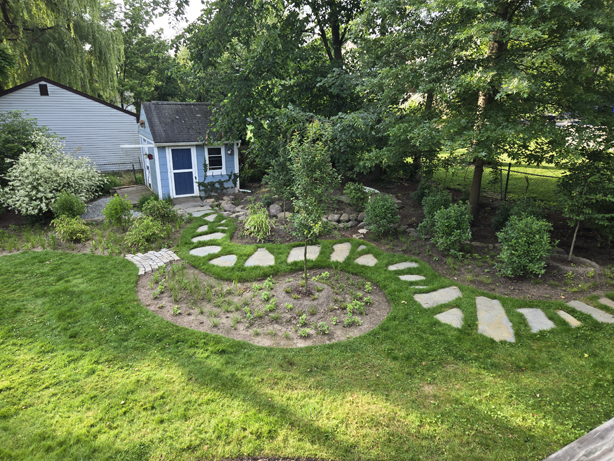
One of the pond complexes…
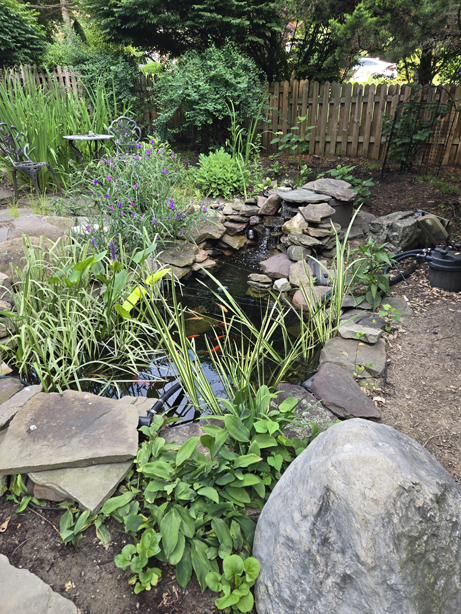
The rebuilt gazebo
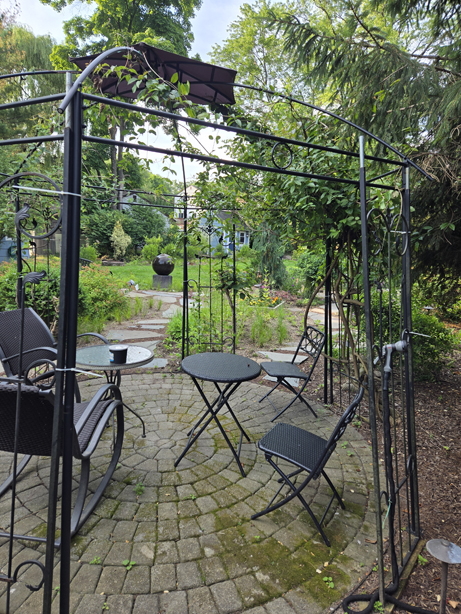
This is my view every morning when I eat my breakfast. There are baby koi along with the Shubunkins goldfish. They are quite hilarious to watch. Spunky little critters!
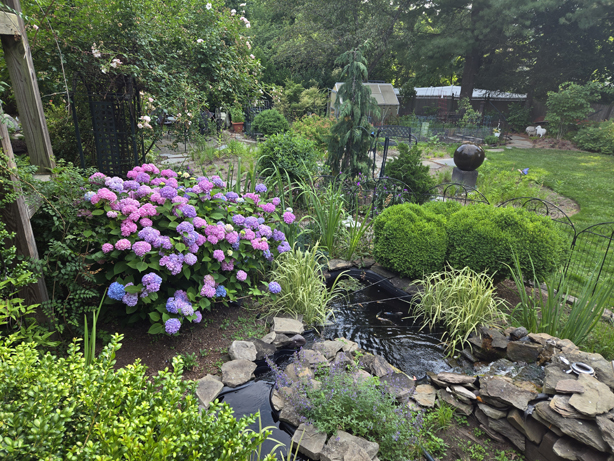
I’m getting to take lots of pretty flower pictures, all of these already existed on my property. The perennials the landscape designer planted are still very small. Next year they should start filling the spaces, so there won’t be dirt to weed and they shouldn’t need watering. Each day there is something new to appreciate. These aren’t native hydrangeas, but the landscape designer did plant a few native ones. I think they are white, but still early to tell.
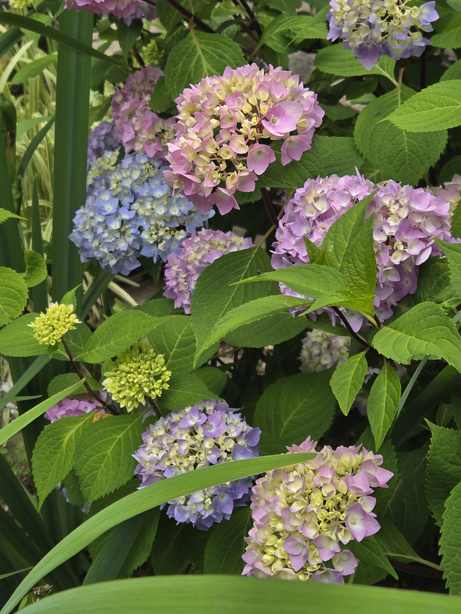
I have lots of volunteer Fleabane peaking out around my property. I love the little white daisy flowers.
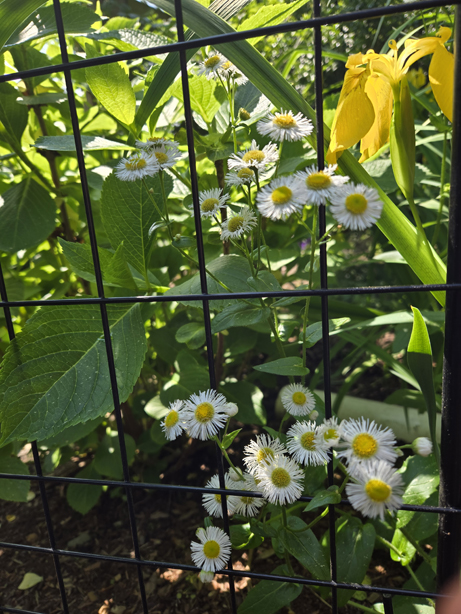
After we ripped off all the invasive Akebia vine from the gazebo, we were left with a structure in desperate need of support. We shored it up, and discovered we had a crossvine that was barely surviving, and this year the trumpet flowers from it were glorious. There is a large white willow that frames the gazebo.
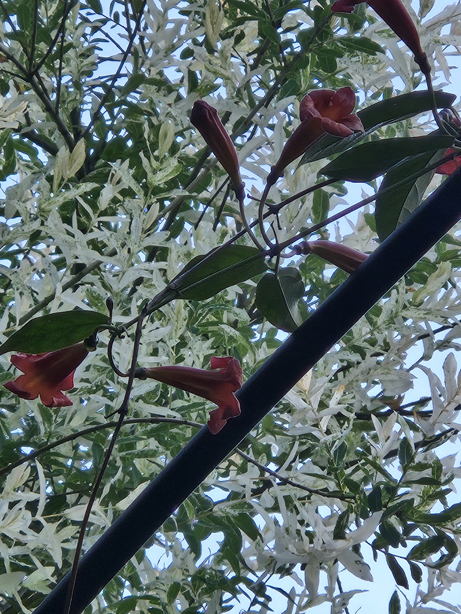
My clematis survived, which I wasn’t sure about since it was tangled in a mess of oriental bittersweet.

And of course peonies are gorgeous for about 4 hours, and then the rains always come as soon as they open up, which makes them not so gorgeous. But for a day, I had beautiful peonies.
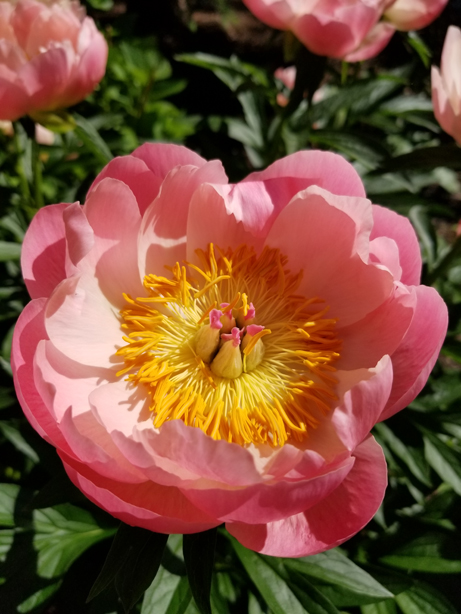
My landscape designer planted two southern Magnolia trees. The flower blooms are gorgeous.
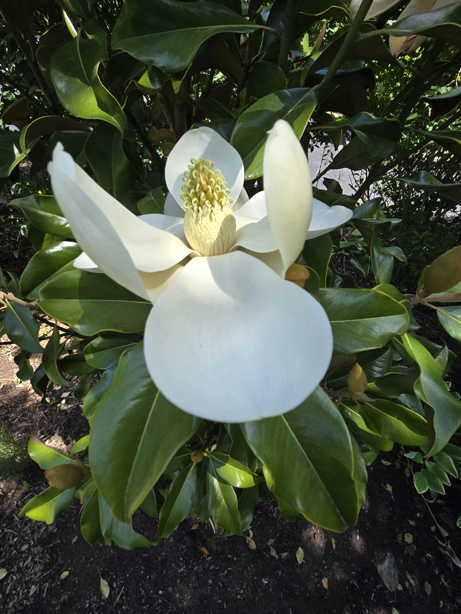
And of course, I have roses.

Though the irises are gone now, they were the most spectacular I have ever seen them this past spring.
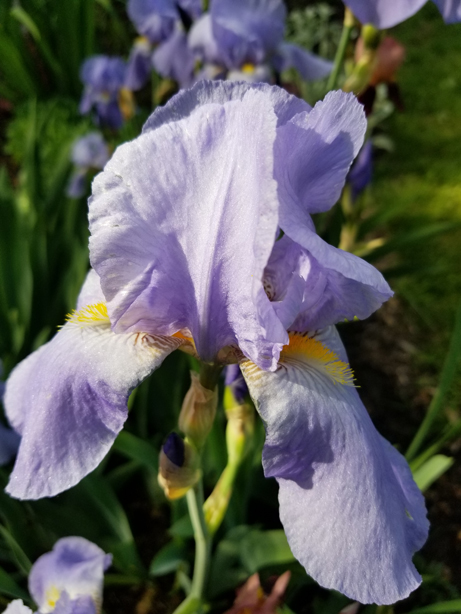
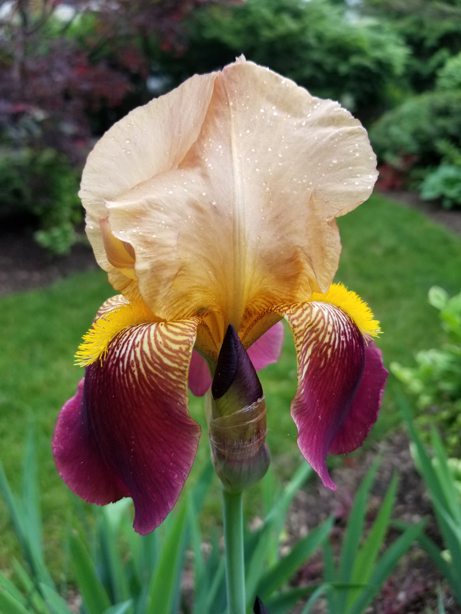
One very rainy day, I hunkered down in the basement and got the body of my pieced jacket together. It is quite fun. Only needs a lining and perimeter bias trim. Waiting for another rainy day, but the forecast is calling for hot and dry. In the mid to upper 90’s. Sigh…
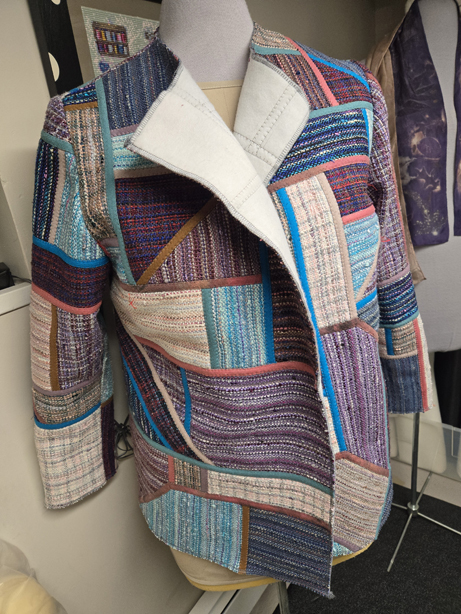
And when I can, after dark, I sit curled up and continue working on the appliqué cat quilt, a project of my mom’s that she asked me to do for her, since this kind of work at age 93, is challenging. The kit is one from the 90’s from Maggie Walker. This is block number 5. I still have to finish embroidering the whiskers and stitch the name along the side, Abyssinian.
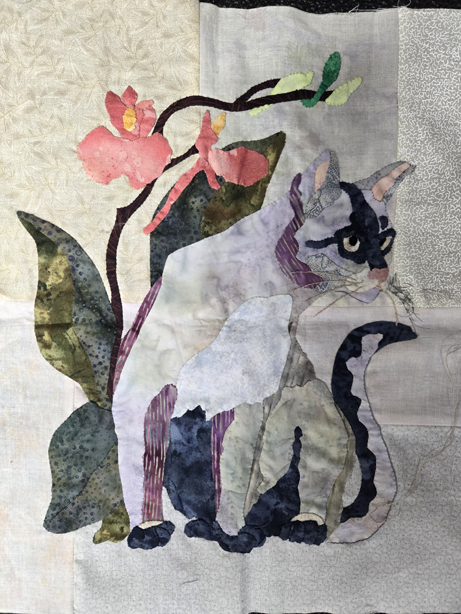
I’ve already started #6, which will be challenging, because it overlaps #9, and I have to wait to finish much of #6, until I build #9. This is the coolest puzzle I’ve ever assembled.
My retrospective at County College of Morris is still up, running through August 22. It isn’t open on the weekend but the new summer hours have been posted.
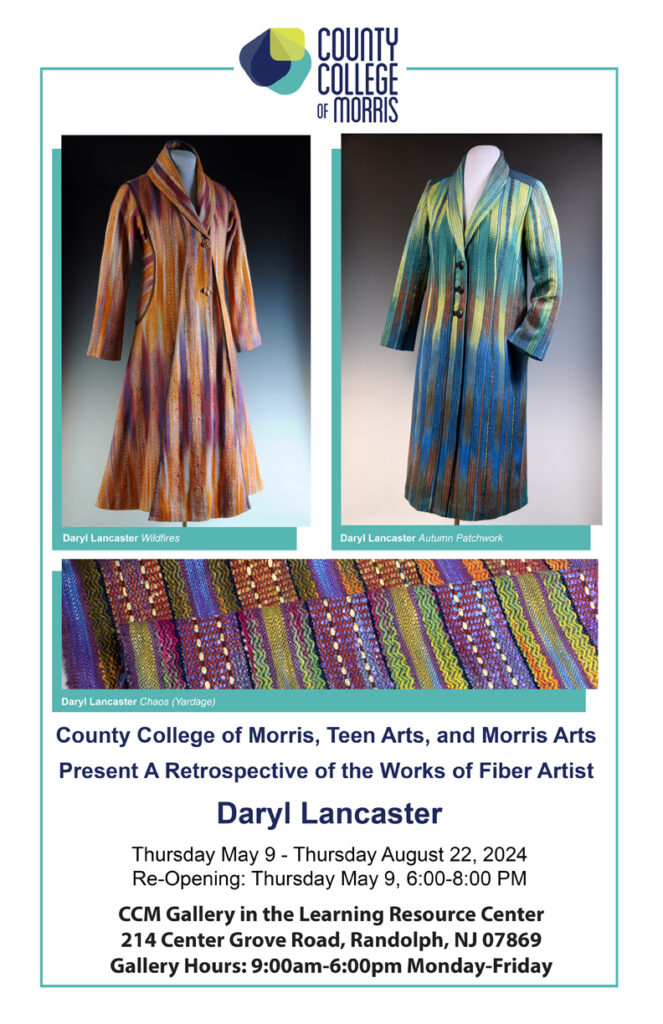
Wednesday, May 8 – Tuesday, June 25 Mon-Fri, 8:30am-4:00pm. Sat-Sun, CLOSED
Wednesday, June 26 – Thursday, August 1 Mon-Thu, 8:30am-8:00pm. Fri, 8:30am-4:00pm. Sat-Sun, CLOSED
Friday, August 2 – Thursday, August 28 Mon-Fri, 8:30am-4:00pm. Sat-Sun, CLOSED
And finally, my exhibit is up on their website.
All this means that I’m frequently asked to meet groups of weavers and sewers and friends, and relatives at the exhibit, (when I’m available), give them a tour, and go out to lunch, or dinner, or in the case of my sister from Maryland, have a glorious weekend of family, including the sister from NY. We saw my exhibit, and then my studio and gardens, and then headed to NY to see the NY sister’s new home and gardens. We even got to walk across the Hudson River on the NY Rail Trail bridge over the Hudson. Something I’ve never done. Somebody has a photo of the three of us on the bridge, I forget who!
And I did manage to squeeze in a visit last Tuesday to the MET museum last week to catch the final days of the Weaving Abstraction in Ancient and Modern Art, and the new costume exhibit Sleeping Beauties. My head was full, all of my senses on fire, and I was home by lunch time.
It was really important for me to stay busy this year. My son is still deployed in the middle east, and I worry about him daily. Keeping busy has always been my antidote for stress. I still play with Montclair Early Music, and volunteer weekly at the Shakespeare Theatre of NJ as a stitcher in their costume shop. My life is exhausting, but I couldn’t be happier, because all of these things I chose to do.
Stay cool dear readers, it is summer out there and record heat doesn’t bode well for the future. Enjoy your gardens, or volunteer in one, and get your hands dirty. And when gardening season ends, there will always be fiber to play with…
Stay tuned…

